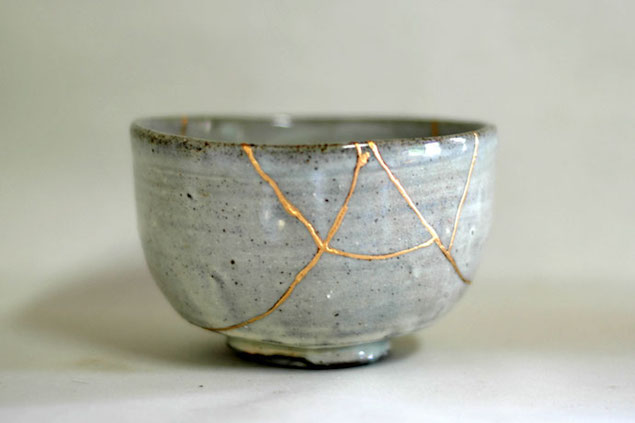Direct communication is the “Ability to communicate effectively during coaching sessions, and to use language that has the greatest positive impact on the Coachee”.
The main purpose of this is to ensure the coachee sees their situation as it actually is. Most of us live with some sort of filter placed on the situations we experience.
In this webinar, a light bulb moment came on for me as we talked about human behaviour and the drive to have conversation with others. We seek conversation with others because we want to gain clarity in our lives. Subconsciously, we are all looking for answers to the questions in our heads. Then trust comes in, and eventually talk happens.
Last year in the middle of 2019, I hit a season in my life where I felt lost and depressed because I lacked direction in my life and business. I was chugging along to the beat of daily life, but I felt a huge sense of energy loss after one of my staff resigned. I recall seeking out conversations with a few close friends and one conversation especially gave me a huge uplift. She helped me realign my thoughts, feelings and desires through some simple questions that helped me gain clarity. That conversation changed the course of my emotions and actions. Unknowingly, she had become an unofficial ‘coach’ to me.
I had many self-awareness moments through that conversation that revealed to me who I truly am and what motivated me in life.
Direct communication is about the coachee gaining clarity. The keys to getting there is through:
- Focus on what is working.
- Respond to the client’s needs.
- Factors of influence (thoughts, emotions, actions)
- Reframe client’s perspectives. Reframing is helping the coachee see a situation through new ‘eyes’ and start to evaluate the situation through a new perspective. Often times, we see situations through our own perspective, feelings and filters, and never from the perspective of another person who is involved in the situation with you. Reframing challenges a client to look at a negative situation and find alternative ways to feel, think and act in a positive manner towards it.
Another way to of Direct Communication is using metaphors or creating visual cues. Just today, I was launched into an ‘accidental’ coaching call with a friend who shared about her challenges in her marriage with her husband. I tried to put into practice all the things I had learnt over the past few months. She described a lot of issues and feelings over the 50 minute call. One of the visual images I had was about a broken vase and at the end of the conversation, I shared with her this Japanese process called Kintsugi that makes broken pottery beautiful again.
On hindsight, I shouldn’t have told her directly what I was thinking, but I should have reframed the observation into a metaphor for her like this, “Can I share an observation? From our conversation, it sounds like you feel your marriage has been shattered and it is really hard work to build it up again. You feel as if the pieces of your life can never be made beautiful again, just like a broken vase.”
I think one of the hardest things to practice as a coach is to avoid giving direct answers. But I am glad for the opportunity to have that chat with her. I was really pleased that I could help her move from a place of “I want to give up” to “I will say good morning to him tomorrow.” To me, that was a little bit of success worth celebrating because they haven’t spoken to each other for 2 weeks, and for her to come to that conclusion on her own, makes me happy.
Our brain processes a lot of things everyday and I am glad that I could help her gain clarity so she could move forward.

